ANNE TREISMAN
1935-2018
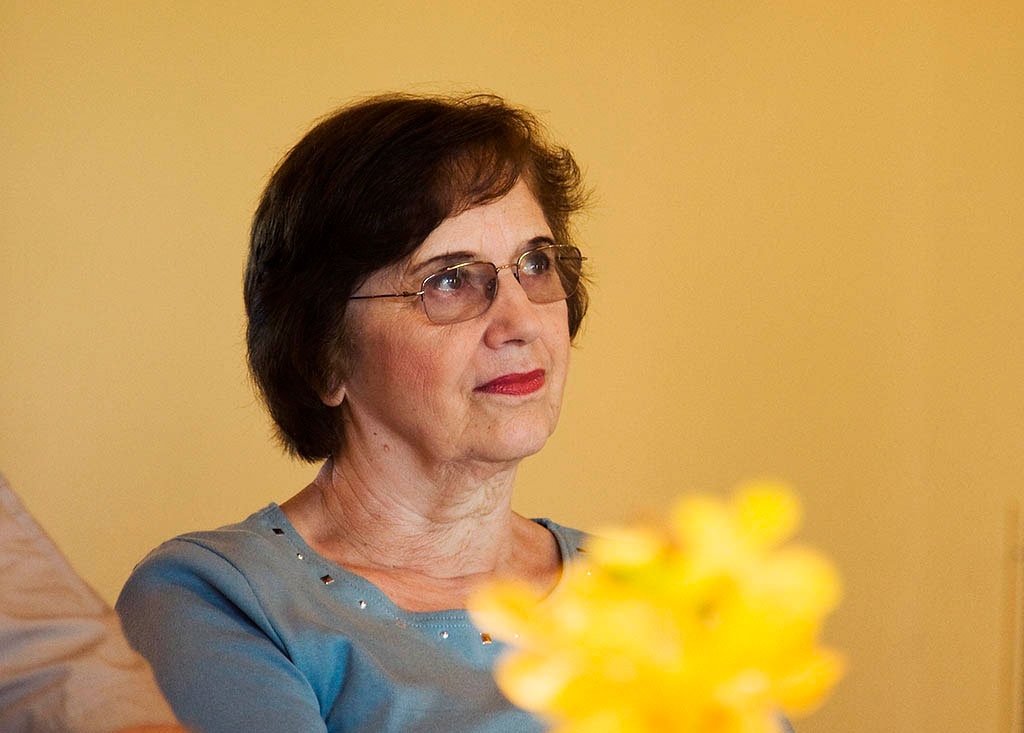
In 2006, I was heading downtown in a car with the distinguished neuroscientist and Nobel Laureate Eric Kandel en route to dinner with cognitive psychologist Anne Treisman and her husband, psychologist and nobelist Daniel Kahneman. I had recently met Treisman so I took the opportunity to ask Kandel about her work and its impact on the field. "In 1980," he responded, "Anne wrote a paper and everything in the field of neuroscience stopped."
There are many kinds of scientific genius—mathematical prowess, technological virtuosity, a naturalist’s keen eye—but perhaps the most impressive is the gift of illuminating a deep phenomenon with a simple and elegant demonstration. Anne Treisman’s experiments on visual search and illusory conjunctions are so low-tech they can be carried out in an intro-psych lecture, so robust that they elicit audible gasps from the students, and so profound that they help explain major features of perception, attention, cognition, neuroanatomy, and consciousness.
— Steven Pinker, Johnstone Family Professor, Department of Psychology; Harvard University; Author, Enlightenment Now
Anne Treisman, one of the most influential cognitive psychologists in the world, was the James S. McDonnell Distinguished University Professor of Psychology at Princeton University. For over 40 years she defined fundamental issues of how information is selected and integrated to form meaningful objects and memories that guide human thought and action. Her creativity and insight often challenged investigators to think outside the box, to reach beyond their own specialties and to address the hard questions of human cognition. Her most recent research interests included visual perception of objects and the role of attention, integration of information in perception of moving and changing objects, perceptual learning, visual memory for objects and events, and the coding of shape and motion.
If there ever was a paper that launched a thousand ships it was Anne Treisman's paper with her student Gelade in 1980. With over 6000 citations the paper laid the groundwork for her Feature Integration Theory, the idea that while the brain seemed to automatically divide up aspects of objects into color, shape, motion and so on, it also had to glue them back together in way that we obviously experience as unitary wholes. How does it do that? It was about that time when lots of us were talking about the idea of cognitive neuroscience, the notion that perceptual and cognitive processes could be broken down into component parts and those processes could then be localized in the brain for neuroscientific analysis.
Talk is cheap. Treisman actually laid out a careful example on how that might all work. It was this work that gave credibility to the very idea of a cognitive neuroscience. Treisman set an unparalleled standard.
— Michael Gazzaniga, Neuroscientist, UC Santa Barbara; Author, Tales from Both Sides of the Brain
Treisman was recognized by election to the Royal Society in 1989, the National Academy of Sciences in the USA in 1994, and the American Academy of Arts & Sciences in 1995. She was the first psychologist to win the Golden Brain Award, in 1996. In recognition of her achievements, she was awarded the National Medal of Science by President Barack Obama at a White House ceremony in January 2013.
The last three decades of the 20th century saw a merger of neuroscience, the science of the brain and cognitive psychology, the science of the mind, to give rise to a new science of mind. One area in which this merger was most successful was the area of hearing and vision. A major reason for this success was Anne Treisman's seminal and groundbreaking contributions to cognitive psychology, which opened up our understanding of attention and feature binding (i.e. the integration of different visual elements). Although Anne Treisman has worked exclusively with human subjects, her work facilitated in powerful ways the emergence of The New Science of Mind. Indeed, she was one of the few cognitive psychologists, who did not treat the brain as a black box, but instead relied on our knowledge of the physiological processes underlying vision and attention to inform her experiments and thought.
Treisman's salient work in the field began with her dissertation in 1964, in which she found that there was a hierarchy in auditory information which could be filtered out by attention: it is easier to filter out voices of different pitches than voices of similar pitches speaking dissimilar semantic streams. This work (Treisman 1964; Treisman 1964) is still cited today, nearly fifty years later (Mounts 2012).
Michael Goldberg, David Mahoney Professor of Brain and Behavior; Director, Mahoney–Keck Center for Brain and Behavior Research, Columbia University College of Physicians and Surgeons; Eric R. Kandel, Recipient, Nobel Prize in Physiology or Medicine, 2002; Professor of Biochemistry and Molecular Biophysics, Columbia University; Author, Reductionism in Art and Brain Science: Bridging the Two Cultures
So why, given the many distinguished visionaries, thinkers, artists, scientists that are featured on the pages of Edge, do we have nothing other than photographs of Treisman to present to our readers. It was not for lack of trying. Her memorable one-liner declining my invitation to her to do an Edge interview says it all...
"John, I don't do fancy."
ANNE TREISMAN @ EDGE
Edge Master Class 2007
Daniel Kahneman: "A Short Course In Thinking About Thinking"
Auberge Du Soleil, St. Helena, CA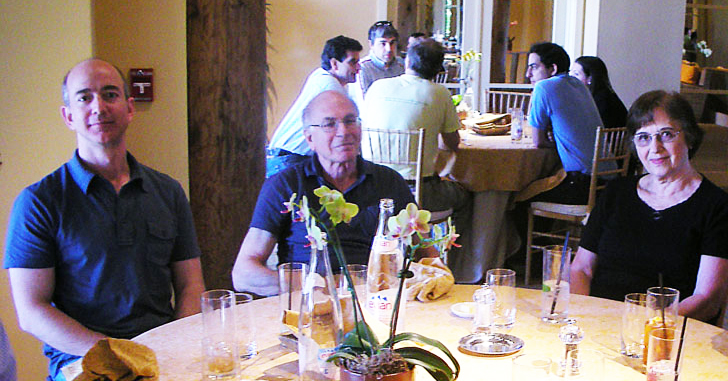
Jeff Bezos, Daniel Kahneman, Anne Treisman
__________________
Edge Master Class 2008
Richard Thaler, Sendhil Mullainathan, Daniel Kahneman
"A Short Course in Behavioral Economics"
Gaige House, Sonoma, CA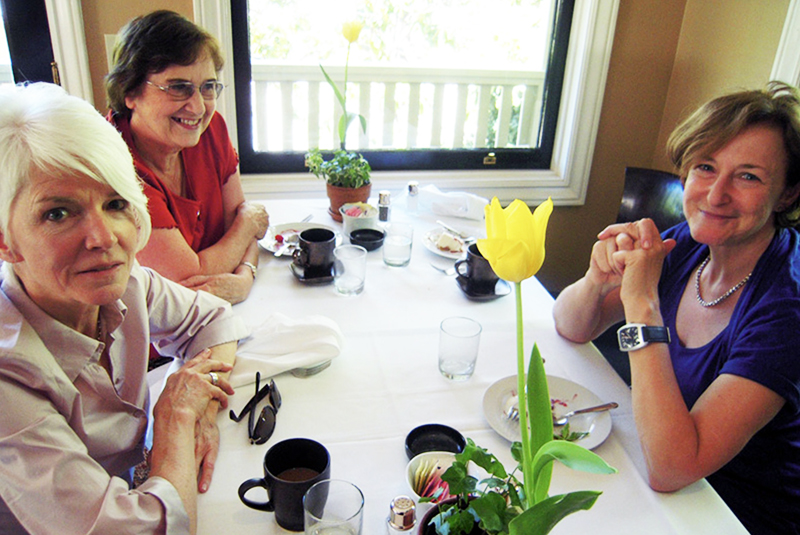
Katinka Matson, Anne Treisman, France LeClerc
__________________
Edge "Billionaires' Dinner" 2010
"The New Age of Wonder"
Long Beach, CA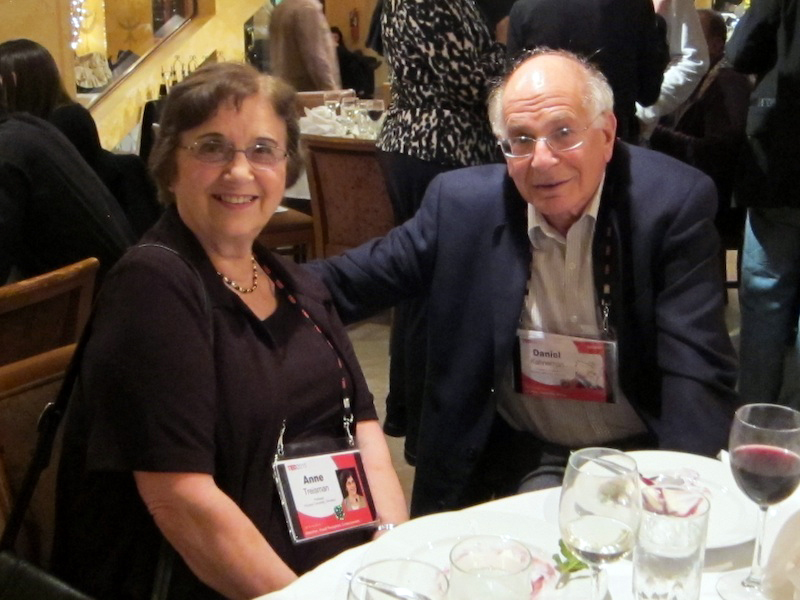
Anne Treisman, Daniel Kahneman
__________________
Edge Master Class 2011
"The Science of Human Nature"
Spring Mountain Vineyard, St. Helena, CA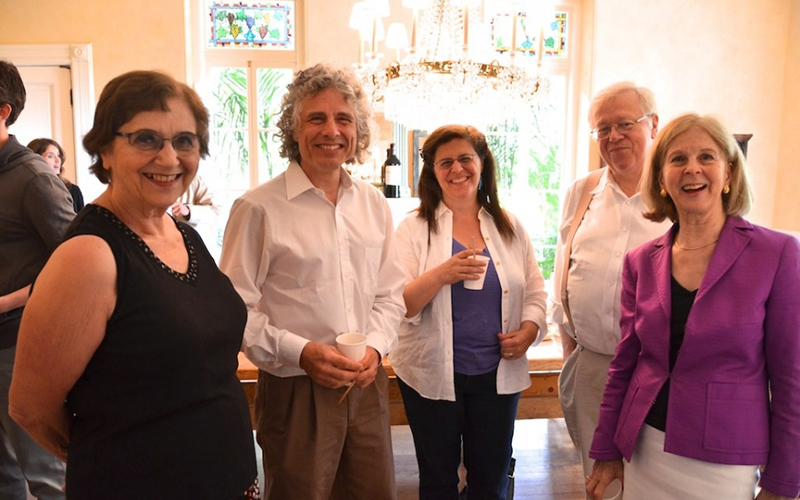
Anne Treisman, Steven Pinker, Leda Cosmides, John Tooby, Elaine Pagels
__________________
Edge Master Class 2015
Philip Tetlock: "A Short Course in Superforecasting"
Spring Mountain Vineyard, St. Helena, CA
Philip Tetlock, Robert Axelrod, W. Daniel Hillis, Daniel Kahneman, Anne Treisman, Salar Kamangar
__________________
Edge Dinner in Honor of Venkatraman "Venki" Ramakrishnan
President of the Royal Society
New York City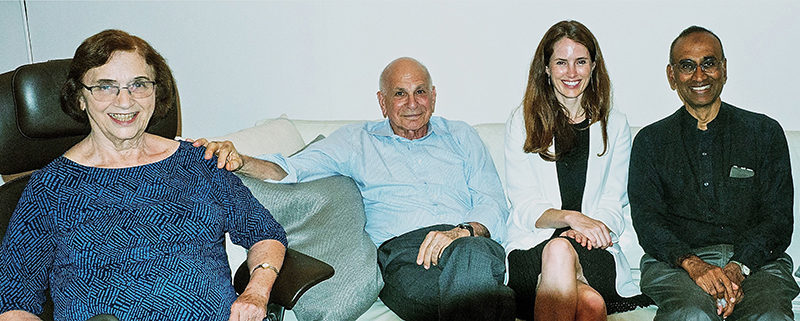
Anne Treisman, Daniel Kahneman, Jennifer Jacquet, Venki Ramakrishnan
__________________
